Is free coffee still enough? Maybe not. Employees want more than quirky perks. They want what works for their lives, not a checklist of what worked five years ago. Flexibility is no longer a perk—it’s a preference.
What Are Flexible Benefits, Really?
The benefits, that are flexible or “cafeteria plans,” allow employees to pick what suits them. Well, it’s not a new idea, but it’s being seen in a new light, which is actually a good thing. Especially now—when work and life are more tangled than ever.
Instead of fixed rewards, employees get options like:
● Health insurance add-ons
● Mental wellness allowances
● Childcare support
● Work-from-home expenses
● Learning and development budgets
● Extra paid time off
They can swap, adjust, or decline. Benefits feel personal, not prescribed.
This isn’t about adding more—it’s about offering what actually matters.
Why Are Companies Turning to This?
It started with employee dissatisfaction. Perks were offered, but many went unused. Gym memberships collected dust. Meal coupons went unclaimed. Meanwhile, burnout soared.
The old model stopped making sense. So a shift began—quiet, but steady.
Flexible benefits offer:
● Better cost-to-impact ratio
● Lower benefit wastage
● Improved employee satisfaction
● Higher retention rates
Instead of perks that look good on paper, teams now get real value—on their terms.
But It’s Not All Smooth Sailing
Choice can be empowering. But it can also be overwhelming.
Employees may not always know what’s best. Too many options can backfire. Worse, poor communication can make benefits feel more confusing than helpful.
And for companies? More options mean more planning. More compliance. More data to manage.
The balance is delicate. Offer too little—it's rigid. Offer too much—it’s chaos.
Where It’s Going
The future of work isn’t about ping pong tables. It’s about relevance and respect.
Flexible benefits signal both. They say, “We see you. We get it. Your life is yours.”
But this only works if companies listen. If the benefits are regularly reviewed. If feedback loops stay open.
Successful flexible plans will likely focus on:
● Simplicity over abundance
● Localized choices
● Wellness (not just fitness)
● Life-stage-based options (young grads vs. parents vs. retirees)
Conclusion
Letting employees choose what matters most isn’t a gimmick. It’s a response to a workforce that’s diverse, vocal, and evolving.
Flexible benefits won’t fix everything. But they can build trust. They can offer dignity. And sometimes, they’re the difference between staying and leaving.
Not all choices are easy. But giving the choice? That’s a good place to start.
.jpeg)
 One-size-fits-all no longer fits anyone. Flexible benefits are changing the way workplaces think about compensation. The power to choose is now part of what defines value at work.
One-size-fits-all no longer fits anyone. Flexible benefits are changing the way workplaces think about compensation. The power to choose is now part of what defines value at work.








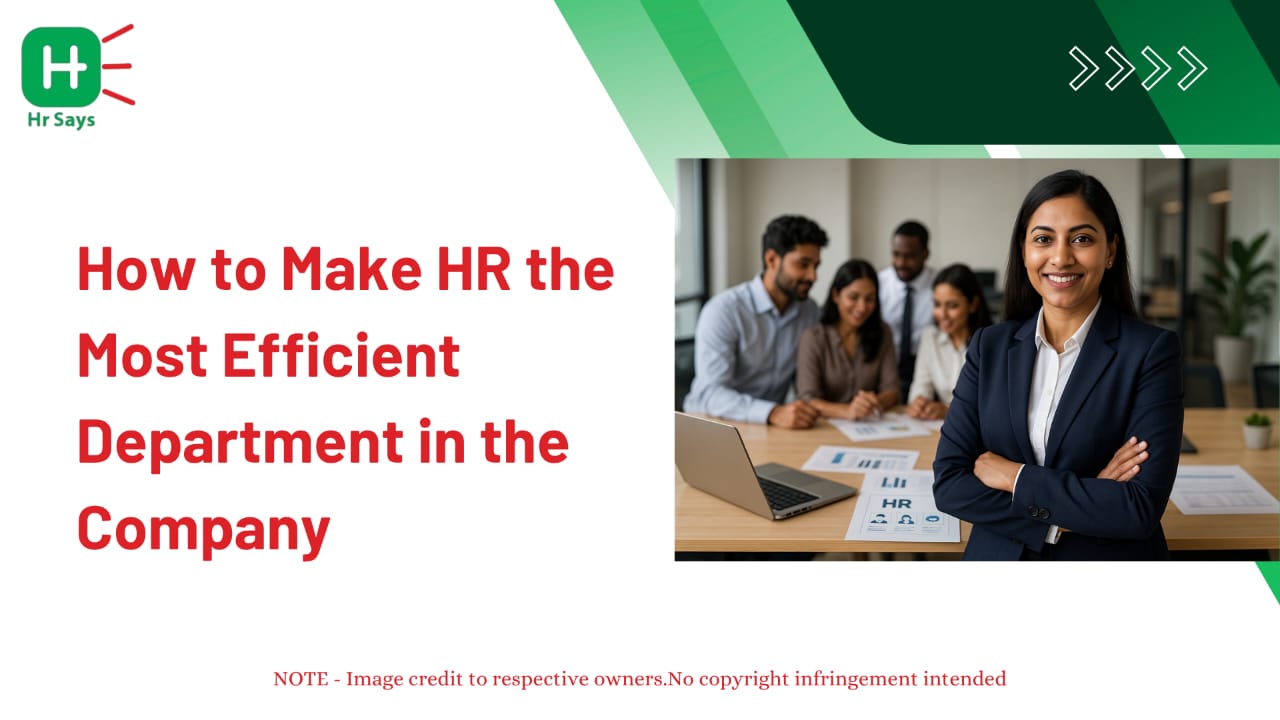
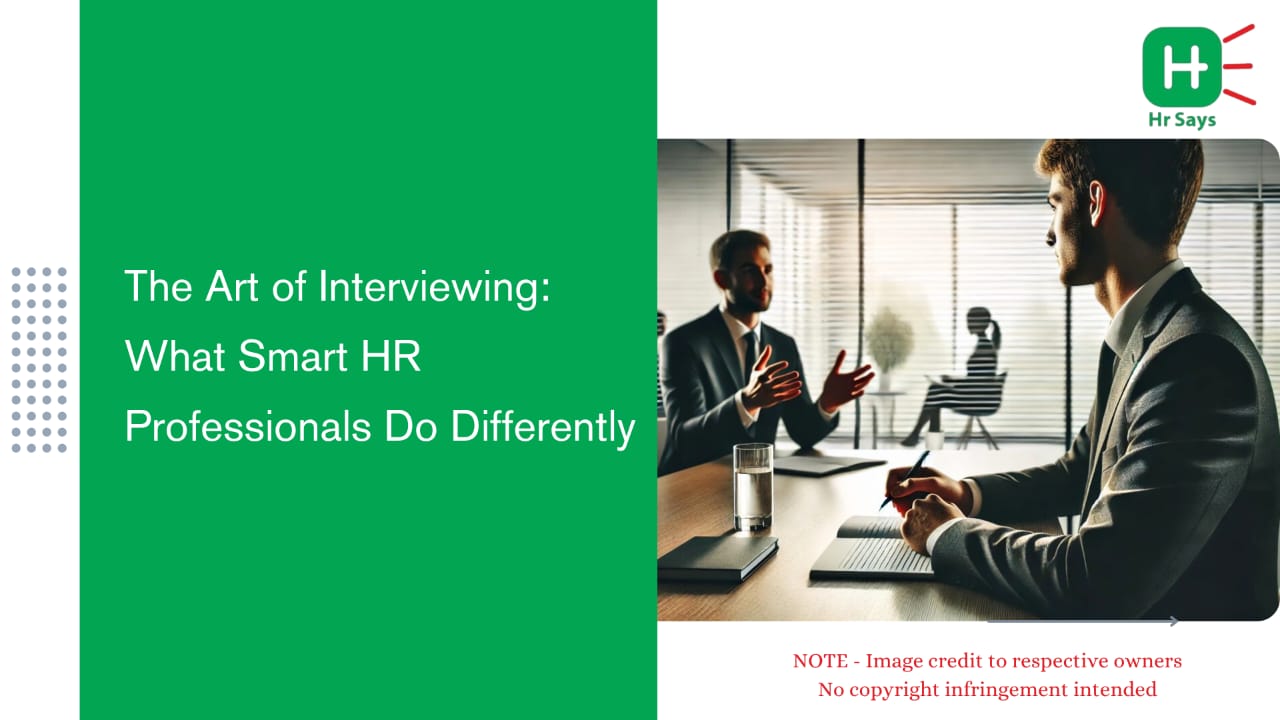

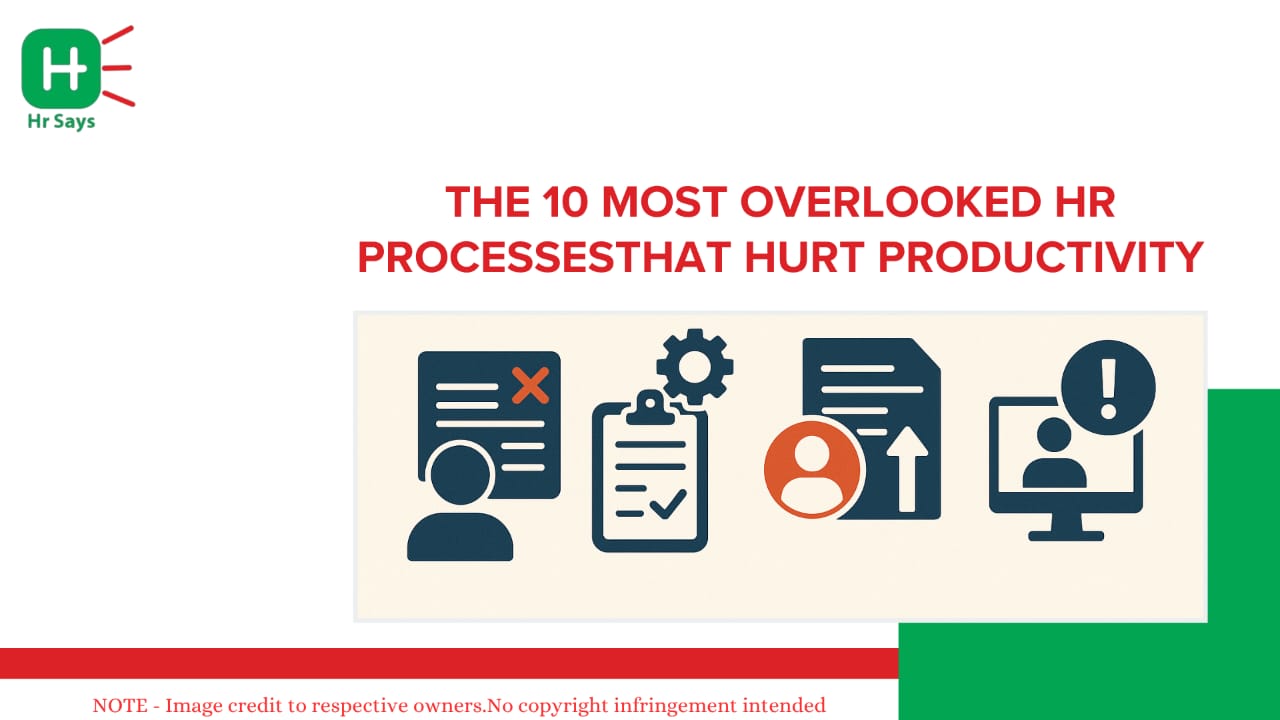
.jpeg)
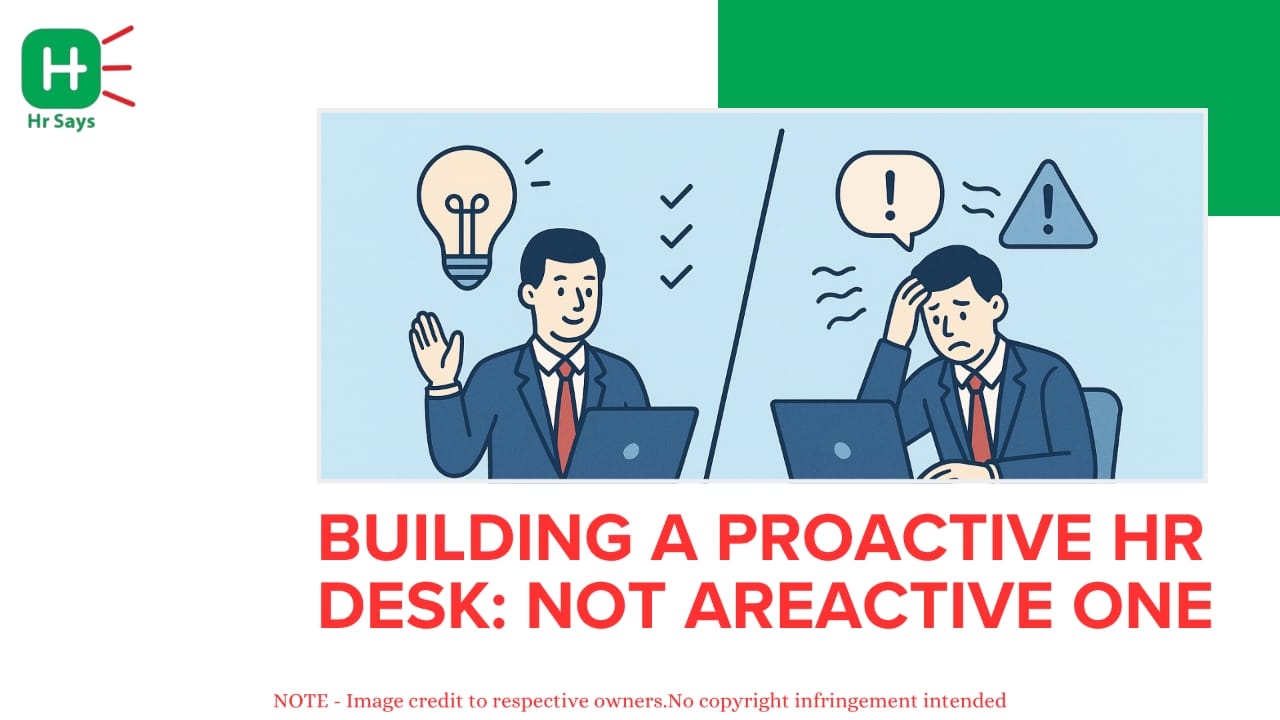
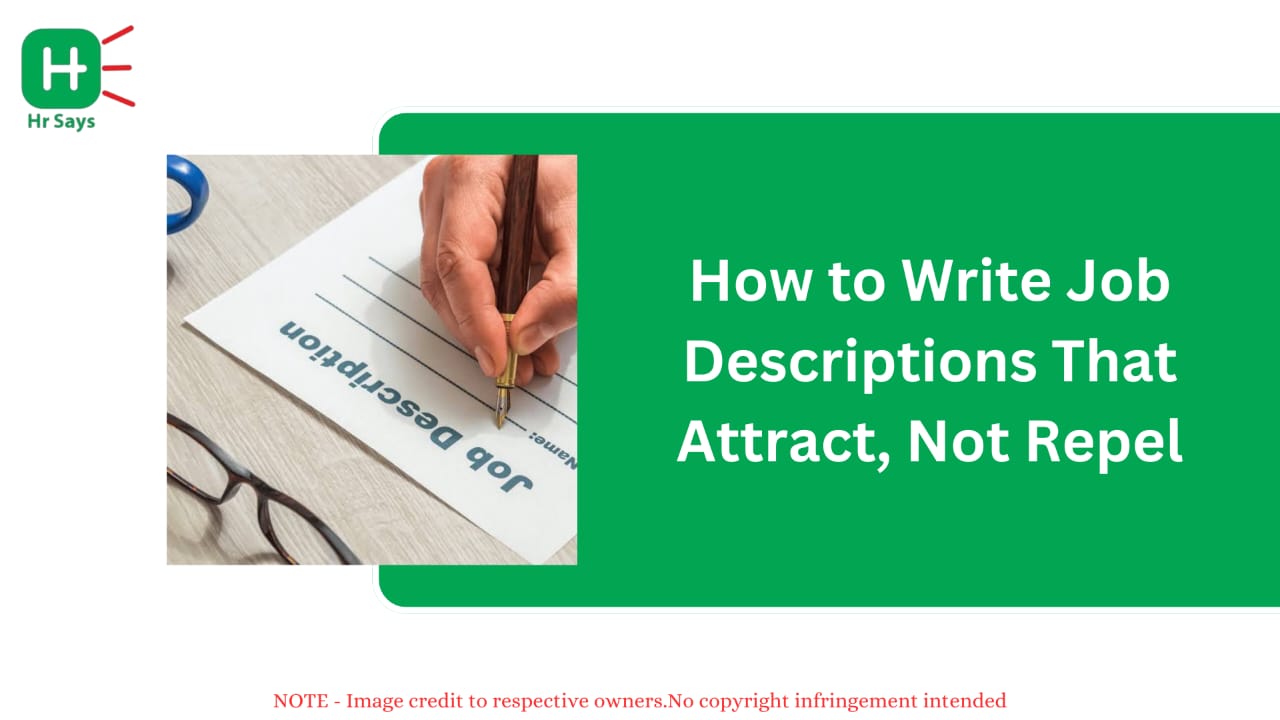
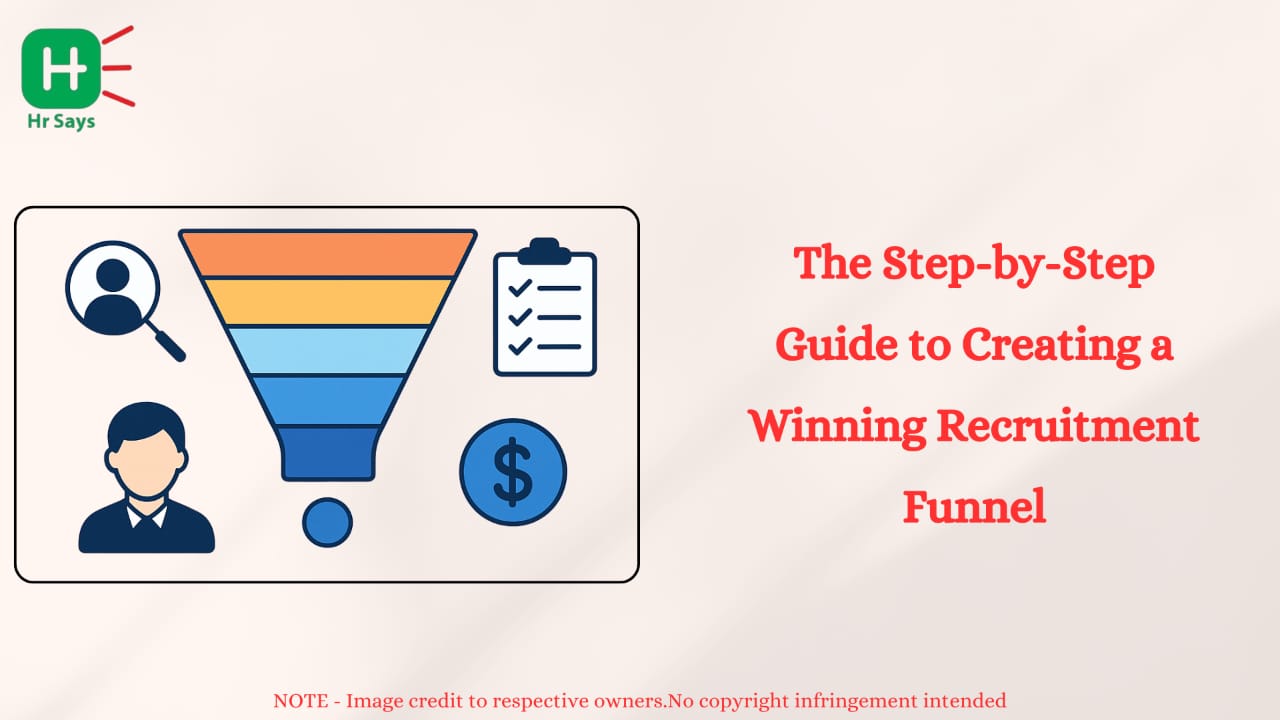
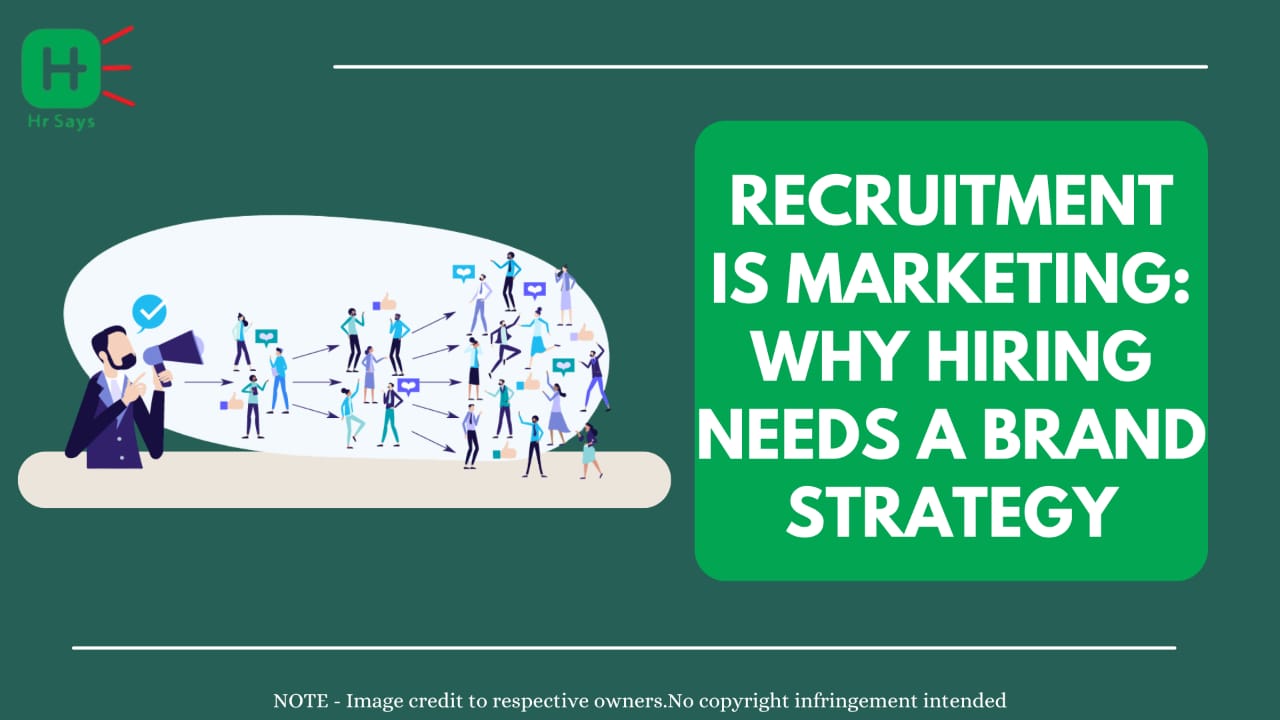
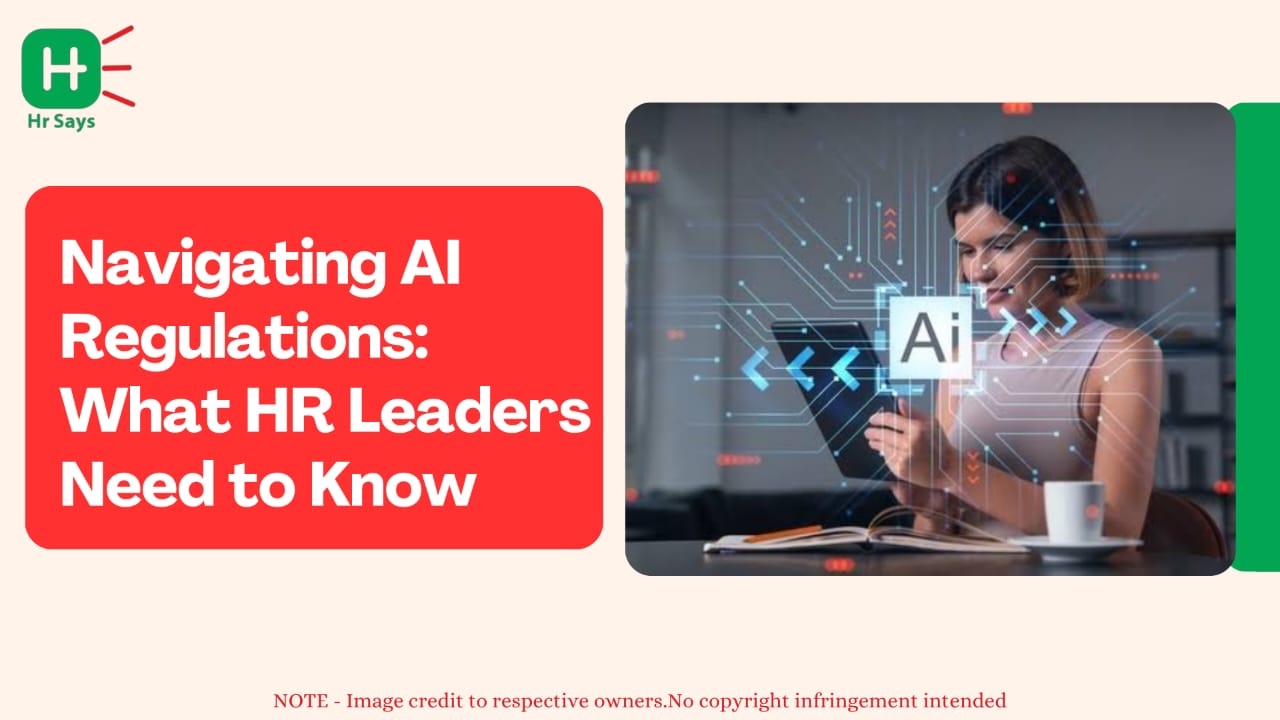
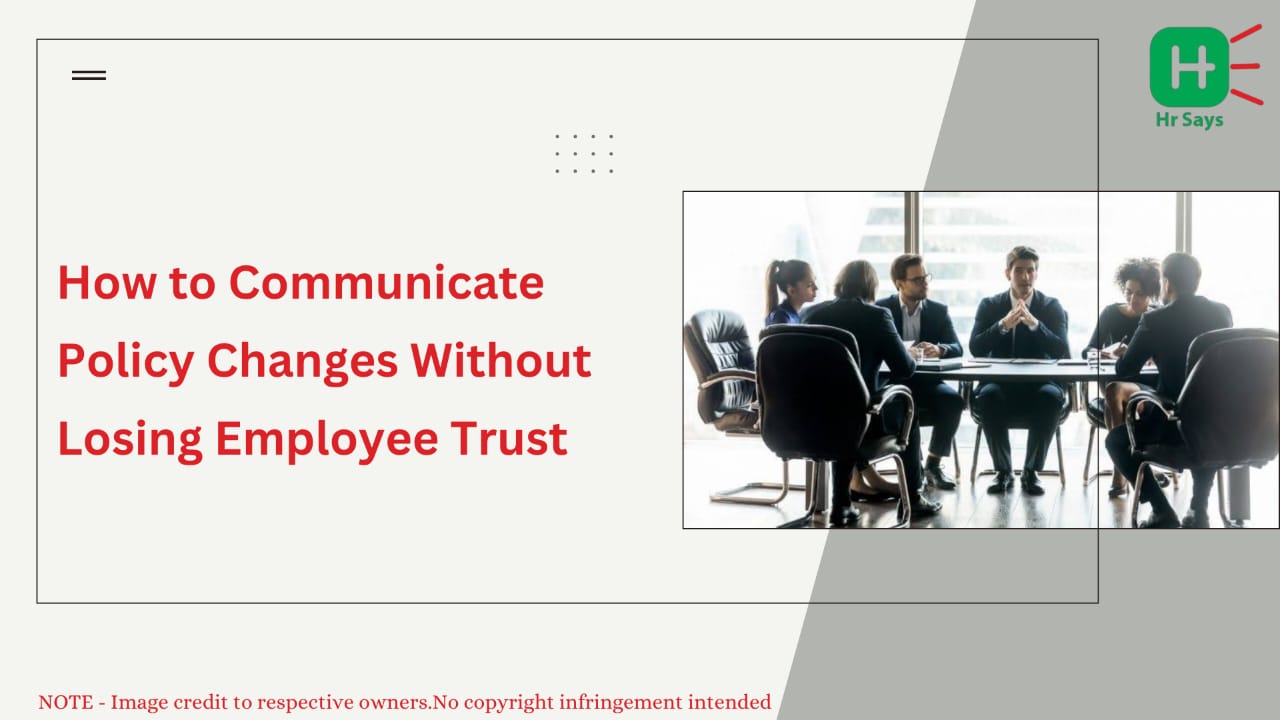
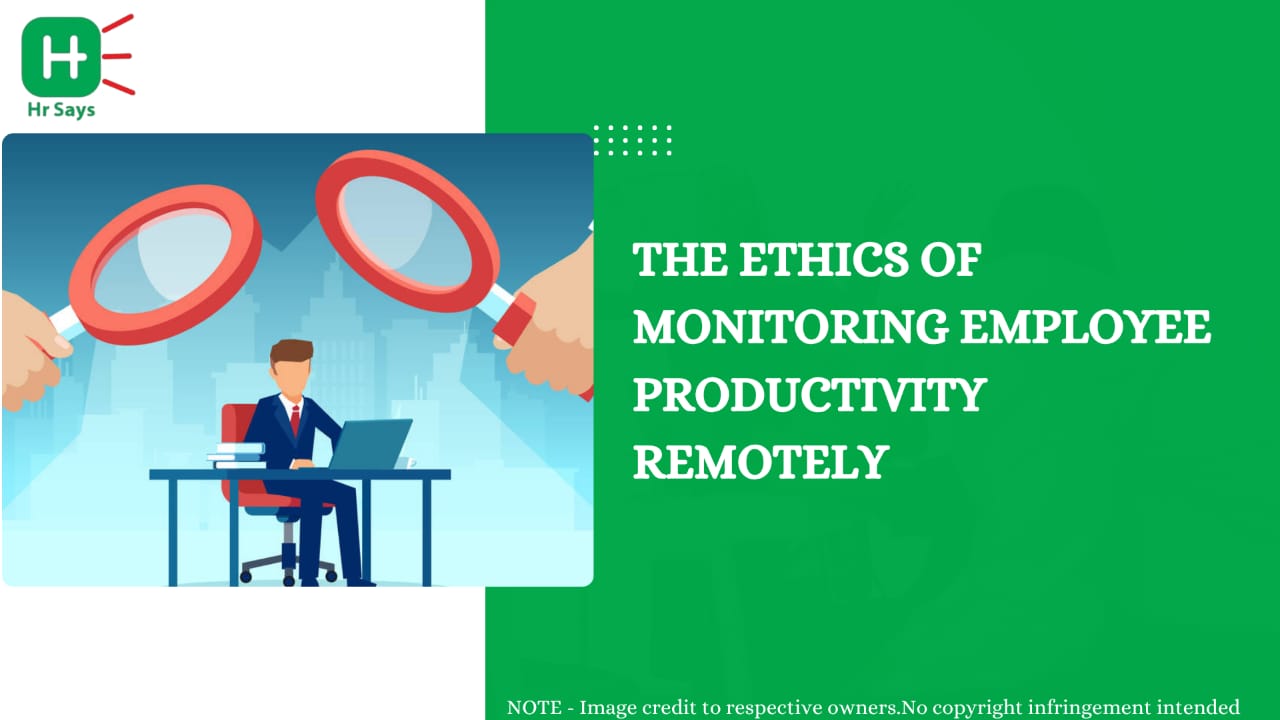

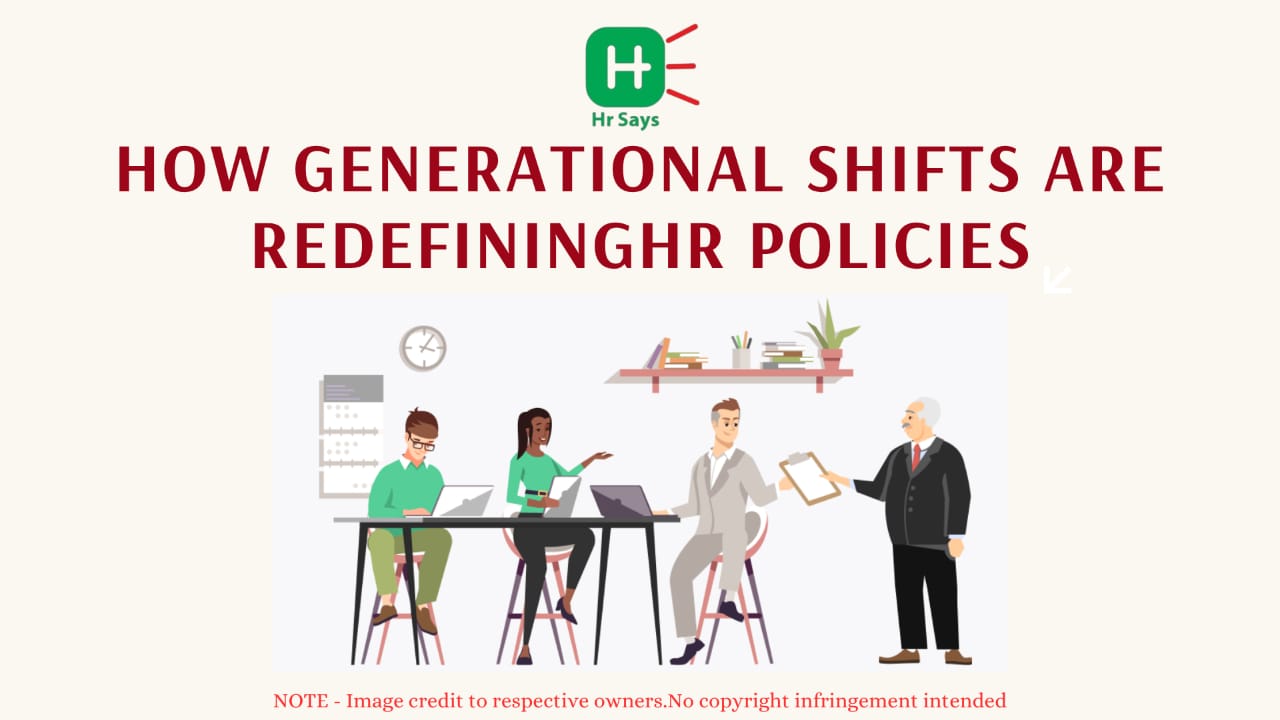
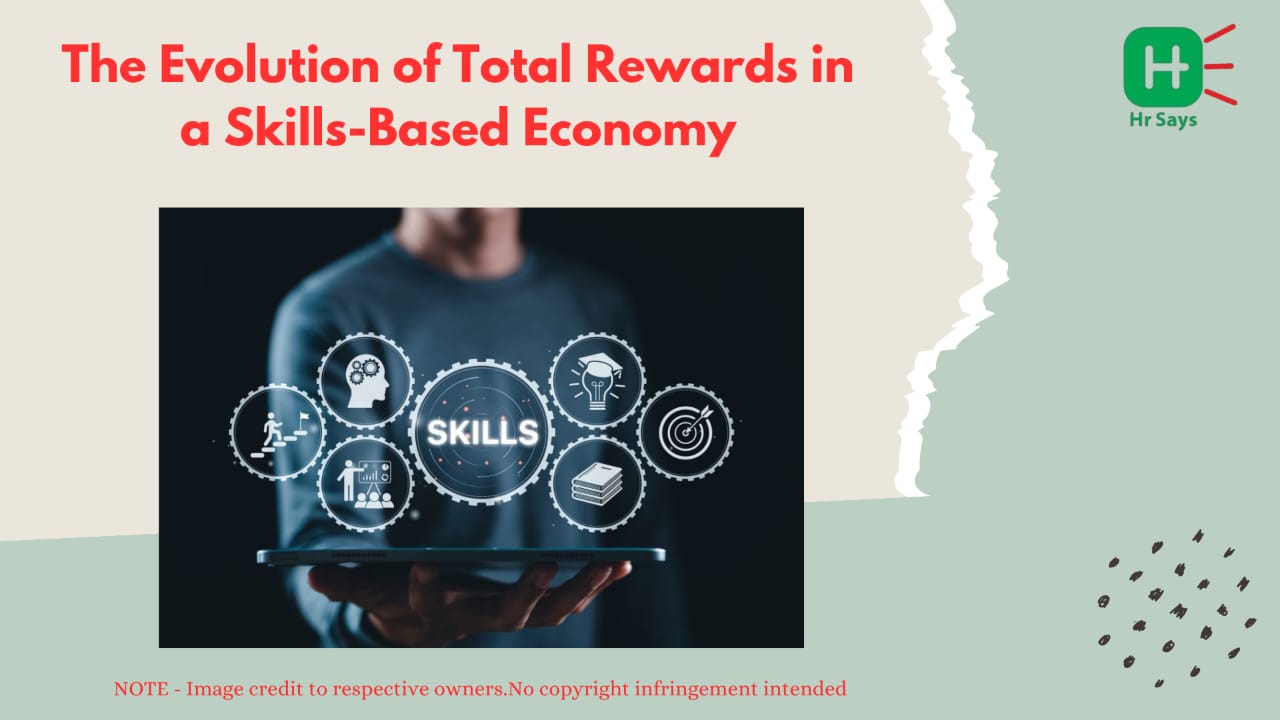
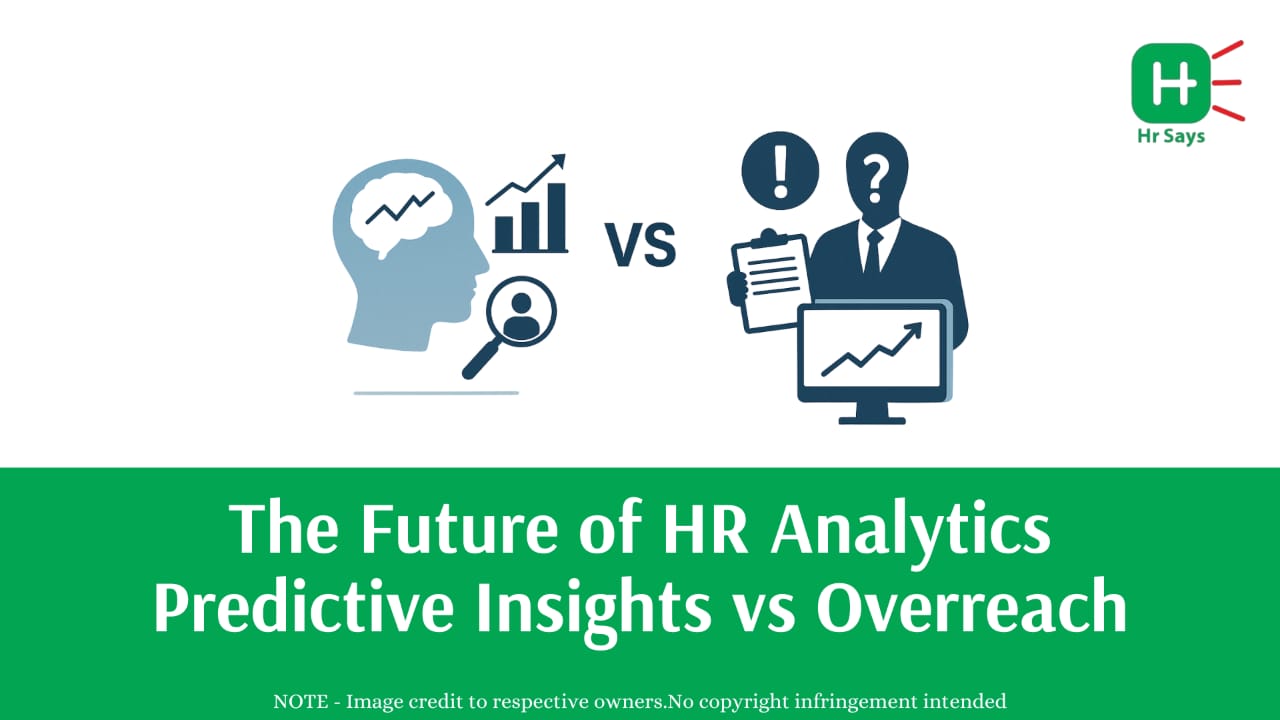
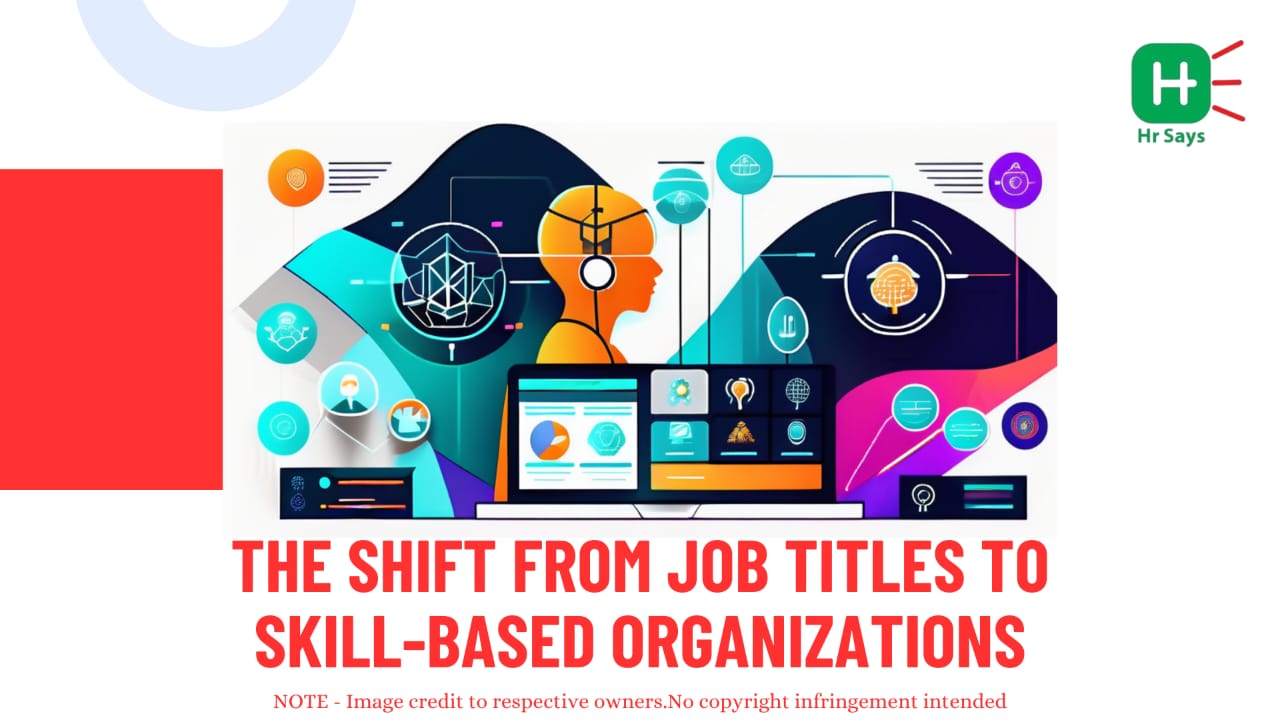
.jpeg)